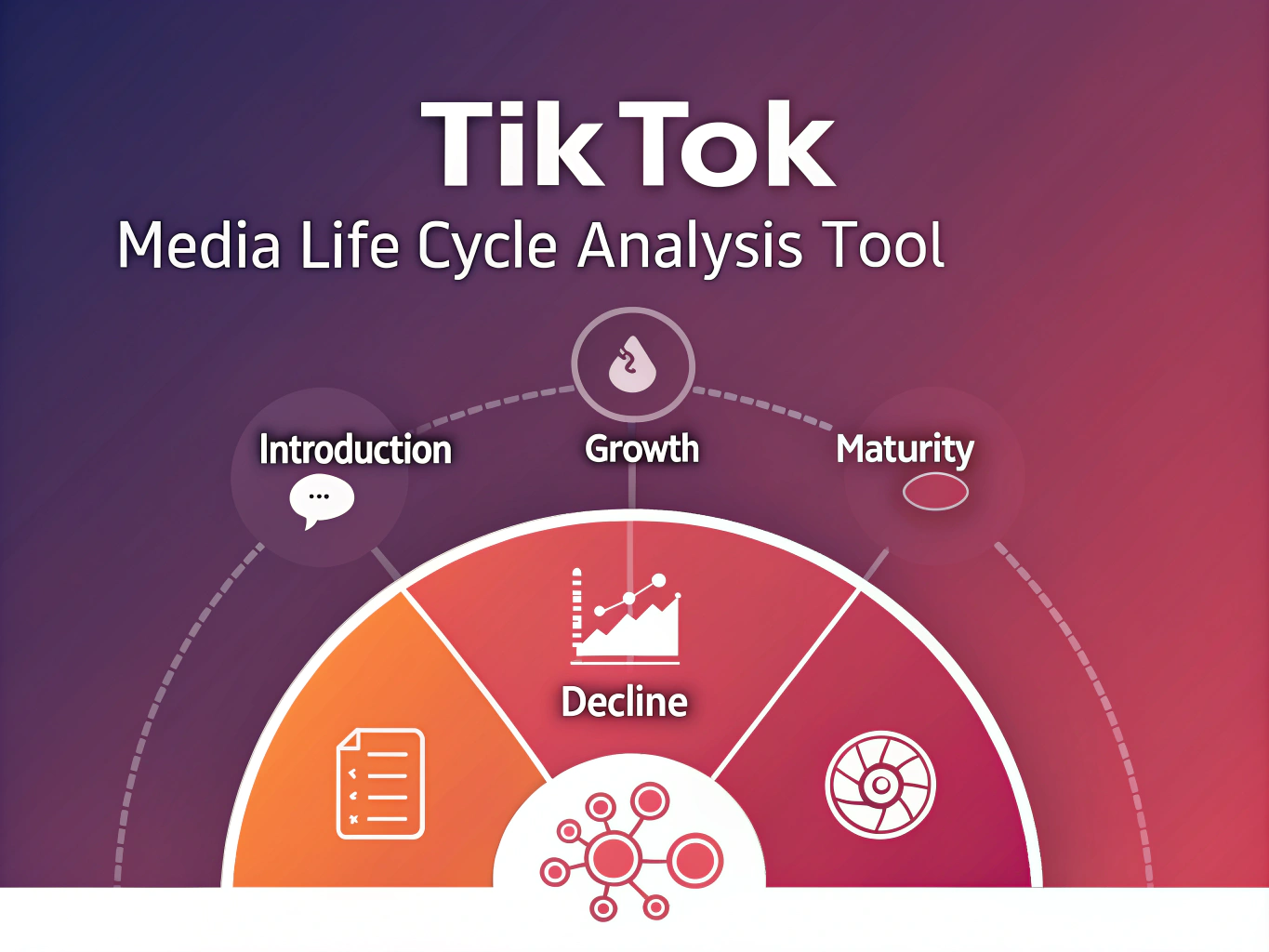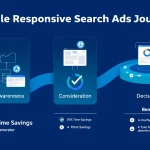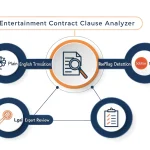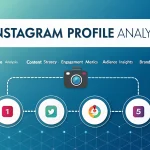Is this tool helpful?
How to Use the TikTok Media Life Cycle Analyzer Effectively
Follow these steps to get accurate insights on TikTok’s position in the media life cycle using this analysis tool:
- Access the tool: Find the TikTok Media Life Cycle Analyzer on the page, designed with a simple, user-friendly interface for easy input.
- Provide additional factors (optional): Enter specific details or trends you want the analysis to include in the text box. This might involve recent policy changes, emerging competitors, or shifts in user behavior.
- Sample inputs for additional factors:
- Effects of new content moderation policies on user engagement
- Impact of TikTok’s partnership with music labels on platform growth
- Submit your request: Click the “Analyze TikTok’s Media Life Cycle Position” button to start generating a detailed report.
- Examine the results: The analysis will display below the form, summarizing TikTok’s current stage and growth trajectory.
- Optional actions: Use the provided option to copy your analysis for easy referencing or sharing with colleagues and stakeholders.
Introduction to the TikTok Media Life Cycle Analysis Tool
The TikTok Media Life Cycle Analyzer provides a thorough look at TikTok’s current position within the social media market. It uses up-to-date data and advanced modeling to define where TikTok stands — from growth to maturity — and what this means for marketers, investors, and content creators.
Purpose of the Tool
This tool aims to supply a clear, data-driven picture of TikTok’s place in its media life cycle. It helps users understand growth patterns, market shifts, and competitive positioning, so they can plan their strategies with confidence.
Benefits of Using This Analysis Tool
- Informed Strategy Development: Make decisions based on solid analysis rather than guesswork or anecdotal evidence.
- Competitive Awareness: Anticipate TikTok trends and adapt your marketing or investment strategies accordingly.
- Risk Reduction: Understand potential challenges or saturation points to avoid costly missteps.
- Trend Forecasting: Stay ahead by recognizing upcoming shifts in the platform’s development and user base.
- Resource Optimization: Allocate your marketing budget or content efforts more effectively based on TikTok’s projected life cycle stage.
Practical Uses of the TikTok Media Life Cycle Analyzer
This tool serves diverse users by tailoring insights to specific professional needs:
1. Marketing Teams
Agencies and in-house teams can optimize campaign planning by identifying TikTok’s current growth stage. For example, if the platform is in a rapid expansion phase, marketers may increase ad spend. If maturity signs appear, they might diversify to other platforms.
2. Investors and Venture Capitalists
Use the analysis to gauge TikTok’s growth potential and market viability. This helps decide whether to invest directly in TikTok or in related startups.
3. Content Creators and Influencers
Understand when TikTok is ripe for new content styles or when saturation suggests branching out to other platforms. This insight guides content strategy and platform focus.
4. E-commerce Businesses
Assess TikTok’s potential for sales integration, such as TikTok Shop. Knowing whether the platform is innovating or plateauing helps decide how aggressively to enter this space.
5. Social Media Researchers and Analysts
Incorporate the tool’s data into studies on social media evolution, user behavior, or competitive positioning across platforms.
Key Features and Considerations in the Analysis
Media Life Cycle Stages Covered
- Introduction: Platform launch and initial adoption.
- Growth: Rapid user increase and expanding features.
- Maturity: Stabilizing user base and monetization focus.
- Saturation: Market saturation and competitive pressure.
- Decline or Revival: Possible drop-off or reinvention phases.
Factors Influencing TikTok’s Position
The analysis weighs various long-tail keywords and data points such as:
- Recent user growth metrics
- Feature launches and content shifts
- Competitive challenges and market dynamics
- Regulatory and regional factors
- Monetization strategies and advertising trends
Frequently Asked Questions About the TikTok Media Life Cycle Analyzer
What does “media life cycle” mean?
It describes the phases a media platform goes through, from its launch, through growth and maturity, until potential decline or revival.
How current is the data analyzed?
The tool uses the latest publicly available data and market reports, updating regularly to reflect TikTok’s fast-evolving landscape.
Can the tool predict TikTok’s future with certainty?
The tool provides data-based insights and likely trajectories but cannot guarantee future outcomes. Use it as one resource for your decisions.
Does the tool compare TikTok with other platforms?
Yes, it contextualizes TikTok’s stage by referencing key metrics from competing platforms to highlight differences and similarities.
Can I analyze platforms other than TikTok?
Currently, this tool focuses specifically on TikTok, though the comparative data included offers some broader market perspective.
How do I apply insights from this tool to my marketing strategy?
Use the analysis to guide budget allocation, content planning, and platform prioritization based on TikTok’s projected growth and trends.
Does the tool account for regional differences in TikTok usage?
Yes, it considers both global and key regional market trends to provide a balanced understanding of TikTok’s adoption worldwide.
How are new TikTok features or changes included in the analysis?
Recent feature launches and updates factor into the tool’s evaluation, especially when you specify aspects you want considered in the input field.
Can this tool help me decide on TikTok advertising investments?
While it doesn’t offer personal investment advice, it provides valuable context on platform growth stages that support advertising budget decisions.
How does the tool manage conflicting trends or data?
The analysis balances different data points to present a clear, nuanced view of TikTok’s position, highlighting both strengths and potential challenges.
Important Disclaimer
The calculations, results, and content provided by our tools are not guaranteed to be accurate, complete, or reliable. Users are responsible for verifying and interpreting the results. Our content and tools may contain errors, biases, or inconsistencies. Do not enter personal data, sensitive information, or personally identifiable information in our web forms or tools. Such data entry violates our terms of service and may result in unauthorized disclosure to third parties. We reserve the right to save inputs and outputs from our tools for the purposes of error debugging, bias identification, and performance improvement. External companies providing AI models used in our tools may also save and process data in accordance with their own policies. By using our tools, you consent to this data collection and processing. We reserve the right to limit the usage of our tools based on current usability factors.







